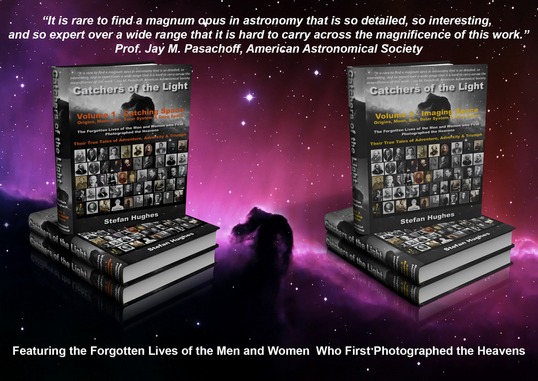'The Celestial Mechanics'

Moritz (Maurice) Loewy
Born: 15th April 1833, Vienna, Austria
Died: 15th October 1907, Paris, France
Pierre Henri Puiseux
Born: 20th July 1855; Paris, France
Died: 28th September 1928; Paris, France
Moritz (Maurice) Loewy and Pierre Henri Puiseux both started their careers as Mathematicians; but ended up working together to do their finest work – the ‘Atlas Photographique de La Lune’. In its pages are some of the finest images of the Moon ever taken which were not surpassed until over half a century later, when in the 1960s the Lunar Orbiter Probes compiled a new photographic atlas of the Moon, known as LOPAM.
Moritz (Maurice) Loewy (1833-1907) and Pierre Henri Puiseux (1855-1928) were brought up in two different worlds – one in Vienna, where Jews like Loewy and his family lived in perpetual fear; whilst Puiseux knew only of the peace of the mountains and the elegance of Mathematics. Yet these two men from these two very different backgrounds worked together at the Paris Observatory in the years from 1894 until 1910 to create one of the most wonderful Atlases ever produced.
The Atlas of Loewy and Puiseux, was not one of our Earth; yet it pictured a world that had seas, which you could not swim in; It had mountains too, but unlike the one’s Puiseux climbed, they had no snow; It saw no rain or clouds but had features called the Mare Imbrium (Sea of Rains) and the Mare Nubium (Sea of Clouds). Loewy and Puiseux took over 6000 photographs for their Atlas, choosing only the best 82 for the published version. Their Atlas also included text to accompany the photographs, which described in detail the most interesting of the features that were to be seen in its pages.
It was not an Atlas in the usual sense of the word, but a Photographic Atlas of the Moon – known as ‘L’Atlas Photographique de La Lune’, ‘Publie par L’Observatoire de Paris, Execute Par M.M. Loewy et M.P. Puiseux’.
Since its publication in its completed form in 1910, it remained for over fifty years the finest photographic atlas of the Moon. It was only in the 1960s with the launch of the USA’s Lunar Orbiter probes that an Atlas of the Moon was created that bettered it.
Sadly, the work of Loewy and Puiseux is all but forgotten, and copies of their great Atlas are to be found in only a handful of libraries and institutions across the world. Occasionally individual photographs come up for sale at auction and even rarer a complete edition.
To read more on their life and work read the eBook chapter on Maurice Loewy & Pierre Henri Puiseux or buy the Book 'Catchers of the Light'.

'Rupes Recta' (Straight Wall) region of the Moon, Maurice Loewy & Pierre Henri Puiseux, 60cm refractor, 1898

Buy the eBook or Printed Book at the 'Catchers of the Light' shop.